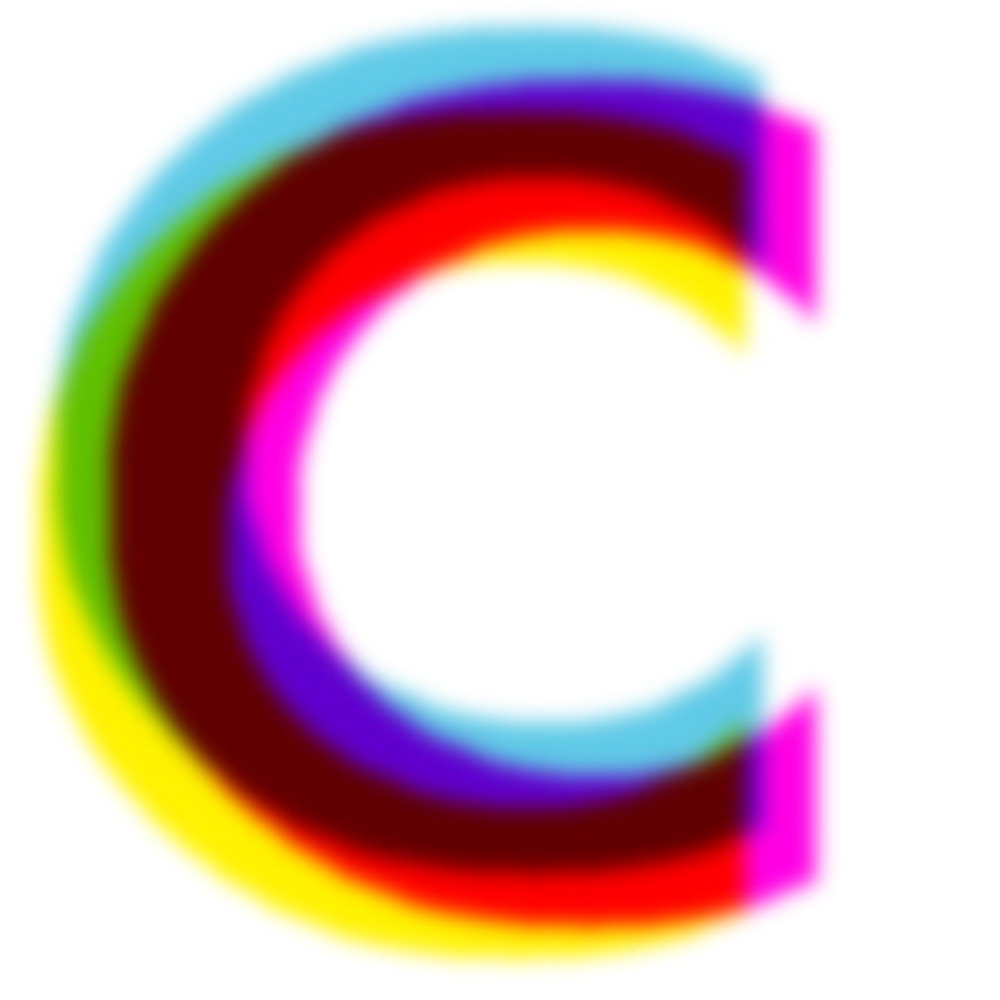A lifelong fascination with video games and the technical aspect of their development inspired me to learn how games are constructed. Through YouTube tutorials and my own exploration, I learned C# and Unity to create simple scenes and engagements.
Character controls, enemy movement, and triggered events like animations and health tracking.
Instantiated objects, and random values to effect trajectories and sound effect
Dynamic textures, reflection probes, and transform modifiers.
//Inverse position of objB relative to objA. Reflection probe is positioned opposite the viewer with respect to reflection surface.
relativePos = mirror.transform.InverseTransformPoint(viewer.transform.position);
relativePos = mirror.transform.InverseTransformPoint(viewer.transform.position);
//make this transform position relative
this.transform.localPosition = relativePos;
this.transform.localPosition = relativePos;
Building environments, camera settings, and lighting behavior.
The nature of touch screens allows for a huge variety of input methods, but most UI don't take advantage of that trait before littering the display with buttons. I considered user ergonomics, touch fields, taps, holds, and movement as factors for intuitive commands and responses. The script I wrote in C# that handles touch controls can be viewed HERE.
